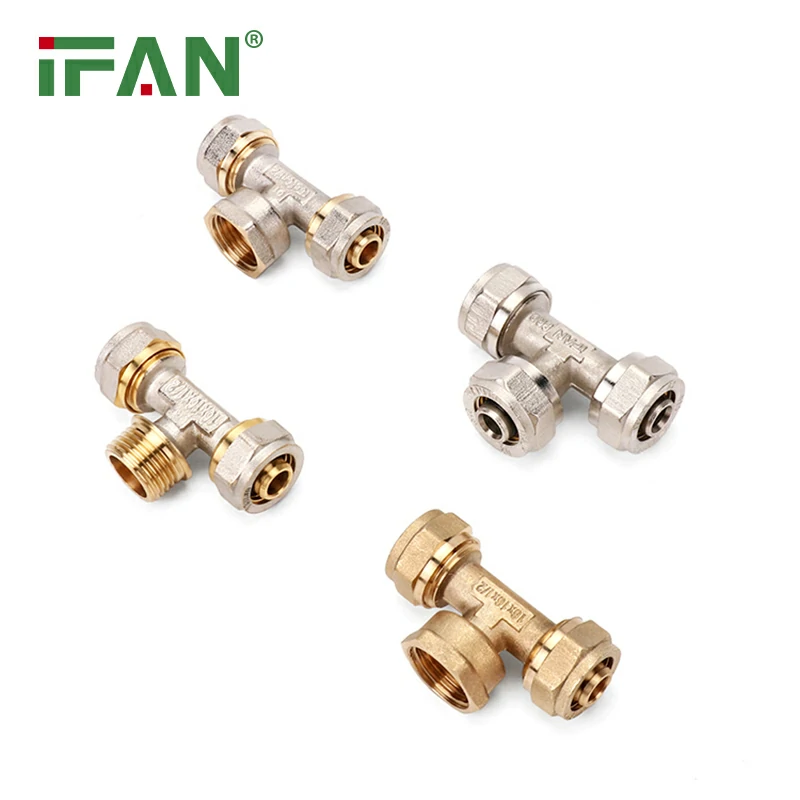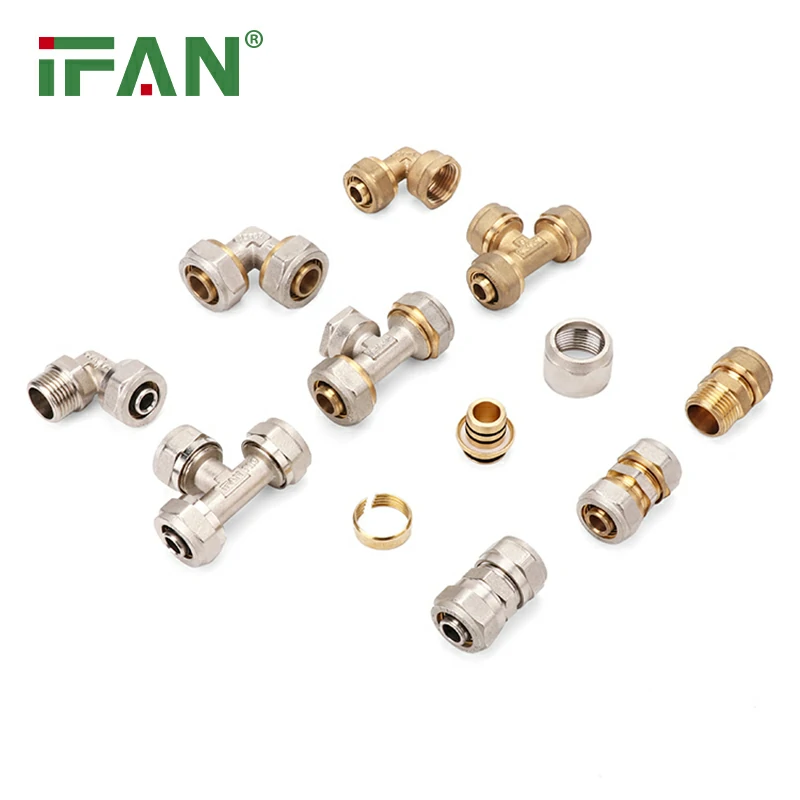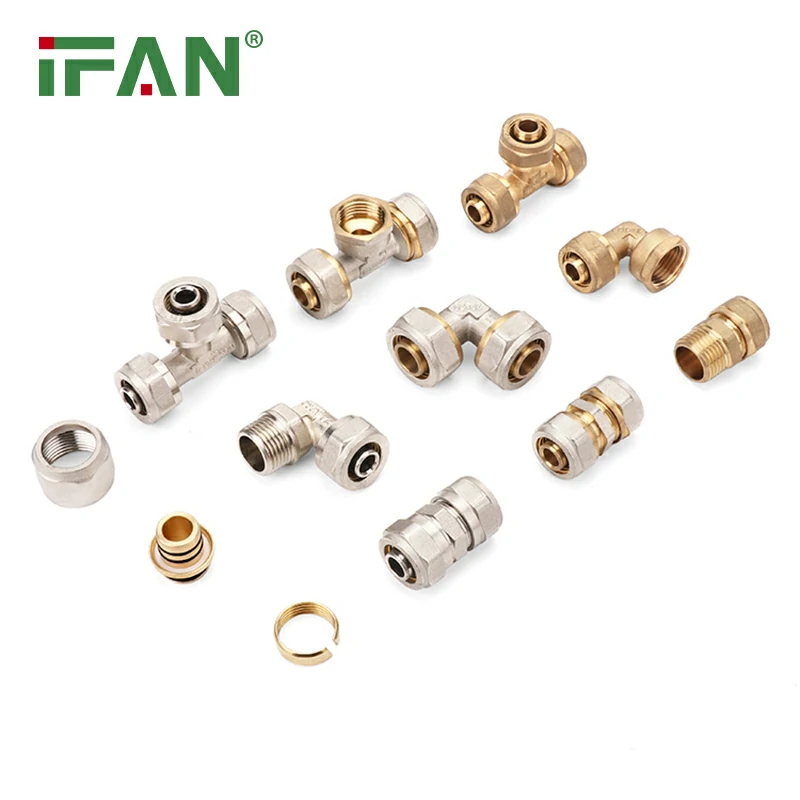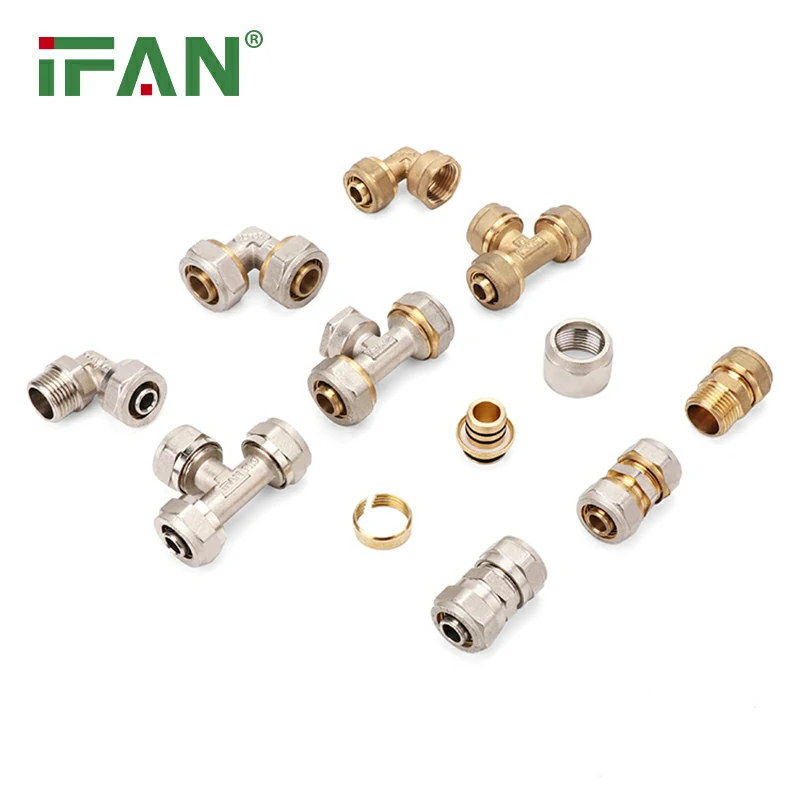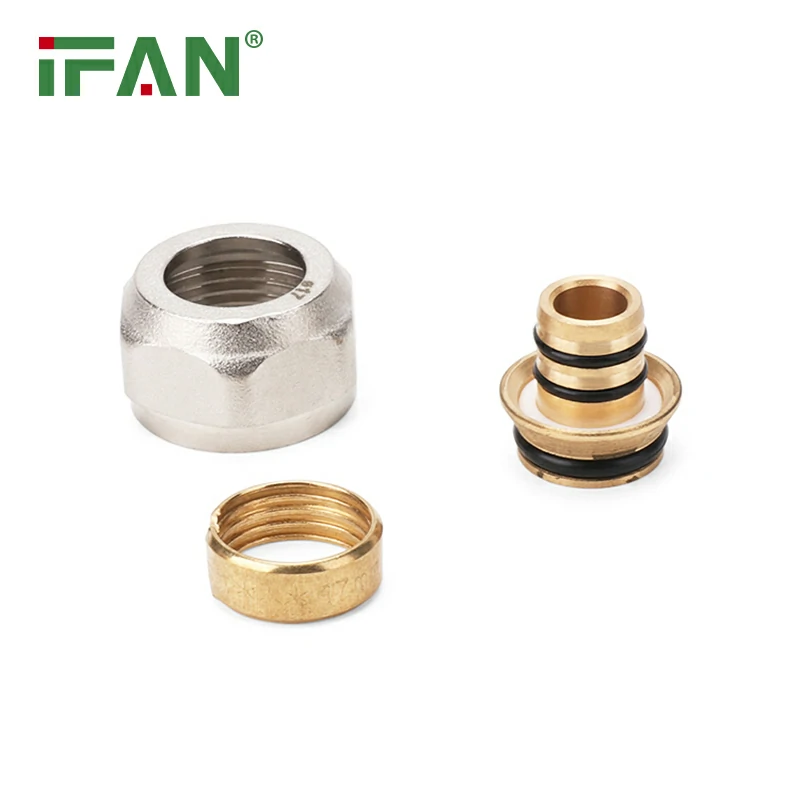What is the failure rate of CPVC pipe?
The failure rate of CPVC (chlorinated polyvinyl chloride) pipes can vary depending on several factors, including installation practices, operating conditions, maintenance, and the overall lifespan of the plumbing system. Here are some considerations regarding the failure rate of CPVC pipes:
1. Quality of Installation: Proper installation practices are crucial in minimizing the failure rate of CPVC pipes. Incorrect jointing, inadequate support, or improper solvent cement application can lead to leaks, pipe failures, or premature degradation.
2. Operating Conditions: The operating conditions in which CPVC pipes are subjected can impact their failure rate. Factors such as temperature, pressure, hydraulic surges, water hammer, and exposure to aggressive chemicals can place stress on the pipes and increase the likelihood of failures.
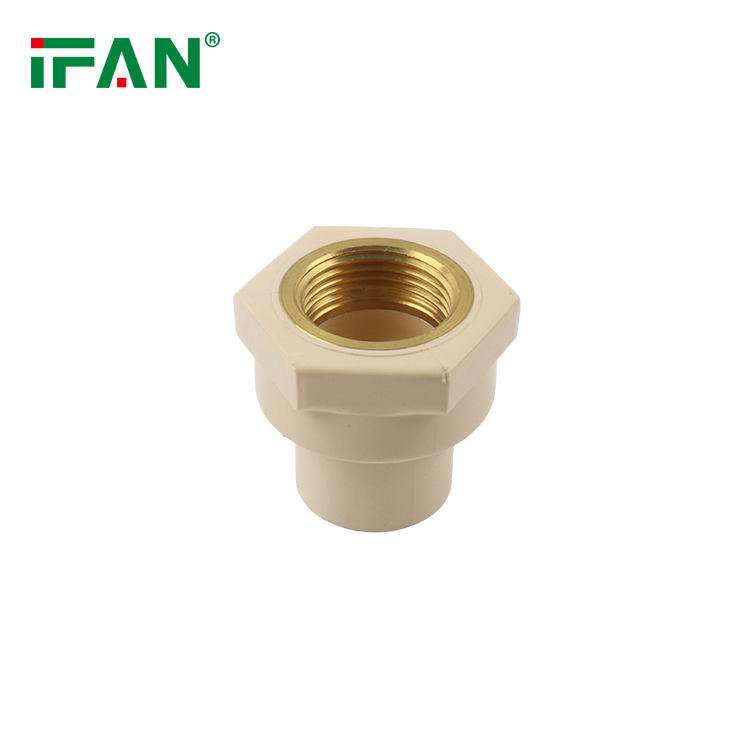
3. Water Quality: The quality of the water flowing through CPVC pipes can affect their failure rate. Factors such as pH levels, mineral content, corrosive substances, and aggressive chemicals in the water can impact the durability and longevity of CPVC pipes. Water treatment and regular maintenance can help mitigate the risks associated with water quality.
4. Maintenance and Inspections: Regular maintenance and inspections play a vital role in identifying potential issues before they escalate into failures. Monitoring for signs of degradation, leaks, or damage, and addressing them promptly can help reduce the failure rate of CPVC pipes.
5. Lifespan of the Plumbing System: The overall lifespan of the plumbing system, which includes CPVC pipes and other components, can influence the failure rate of CPVC pipes. Proper installation, maintenance, and periodic replacements or upgrades, as necessary, can help maintain the integrity and functionality of the entire system, reducing the likelihood of failures.
It is important to note that when CPVC pipes are installed correctly, used within their specified temperature and pressure limits, and maintained appropriately, they can provide reliable performance with a low failure rate. Adhering to manufacturer guidelines, local codes, and industry standards, as well as seeking professional assistance when needed, can help minimize the failure rate of CPVC pipes and ensure the long-term reliability of the plumbing system.

